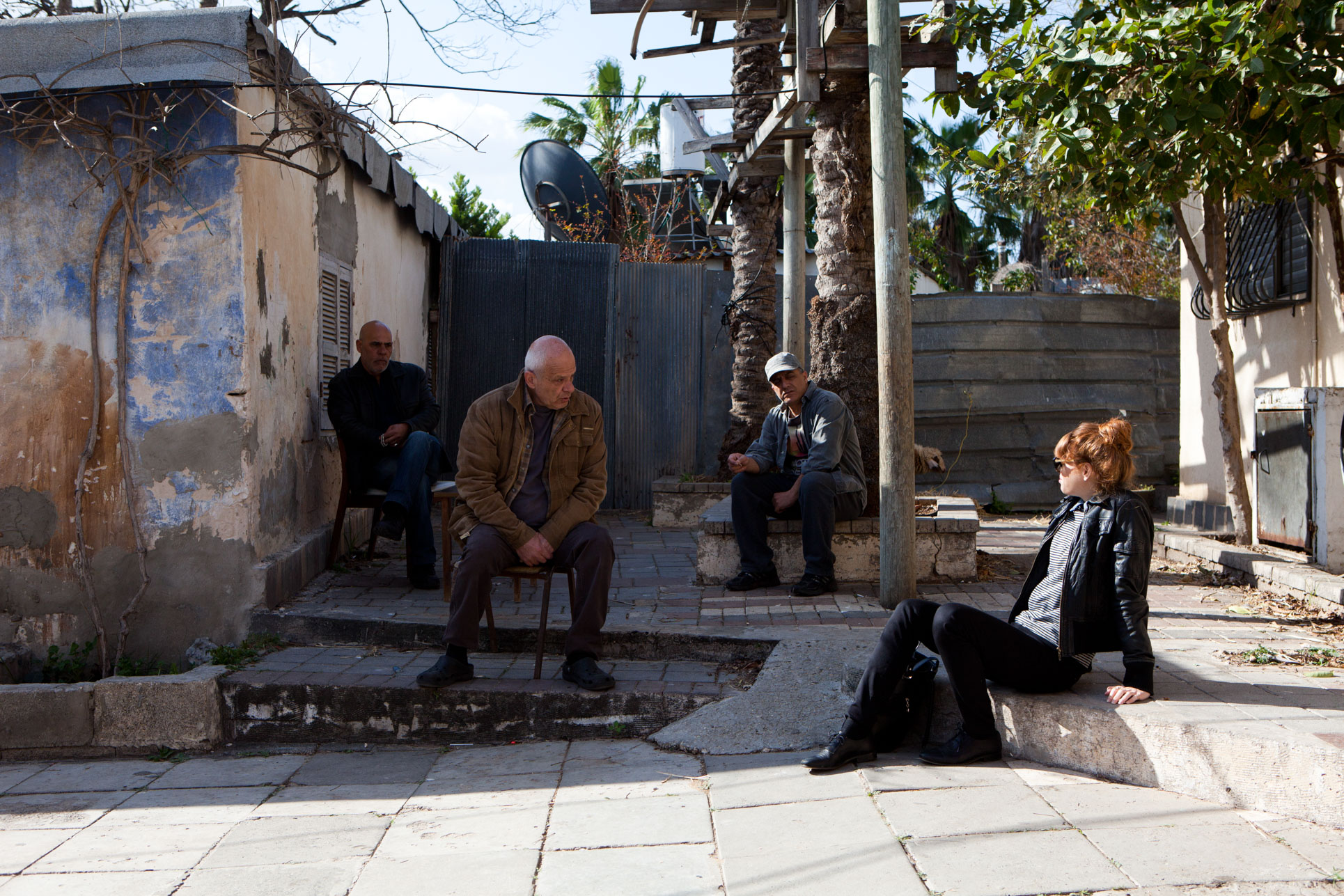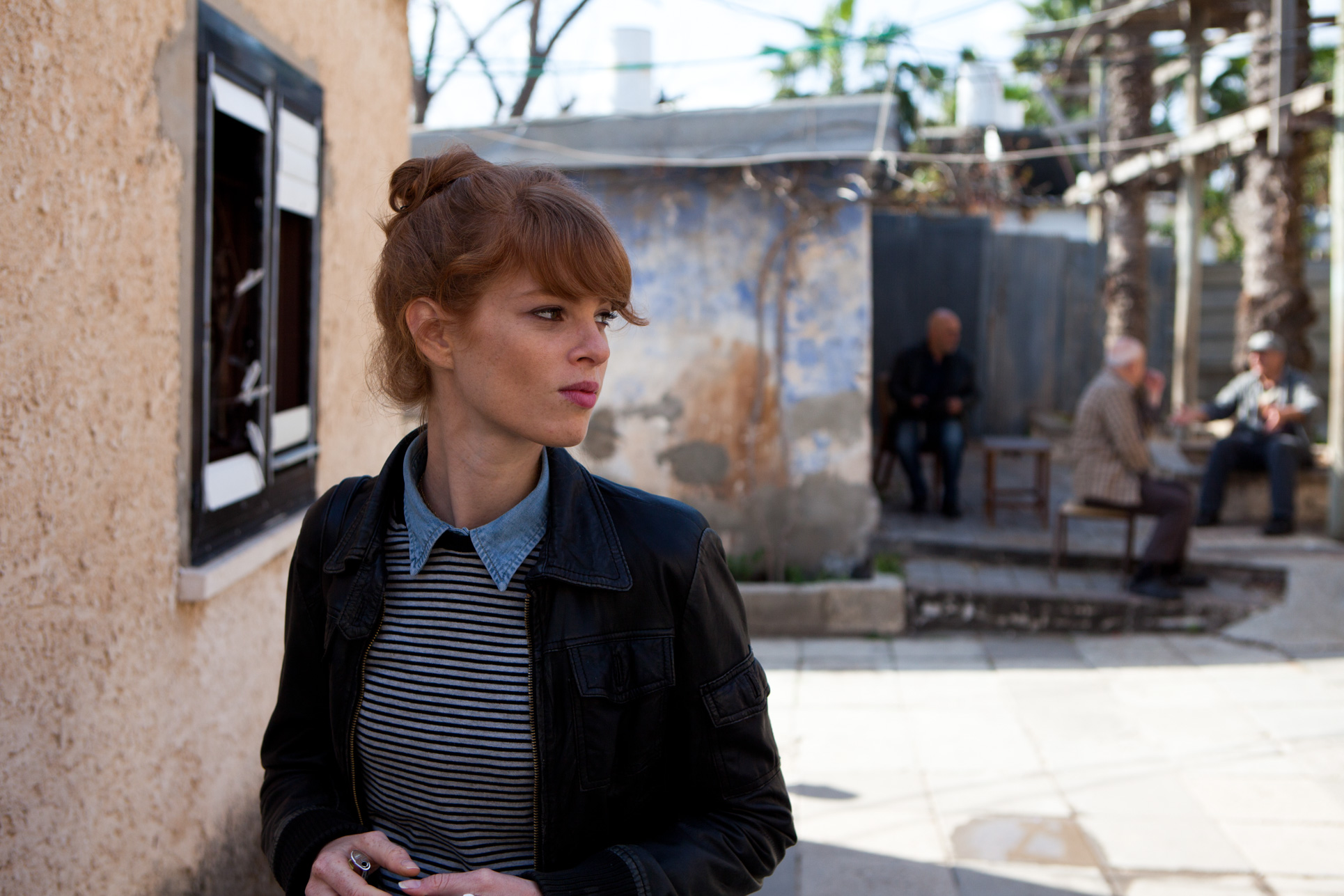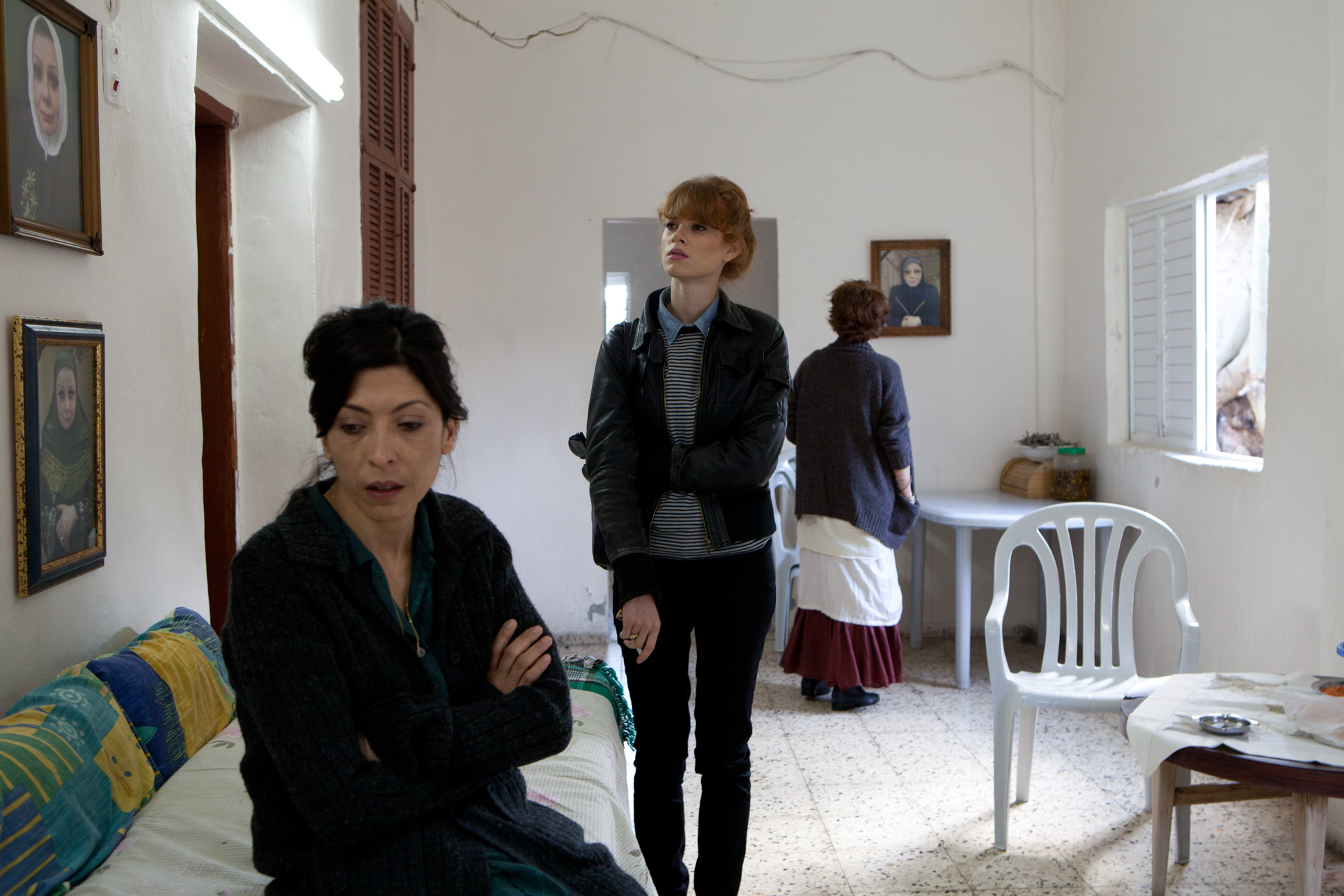Filmed in one sequence-shot of 81 minutes, ANA ARABIA is a moment in the life of a small community of outcasts, Jews and Arabs, who live together in a forgotten enclave at the "border" between Jaffa and Bat Yam, in Israel. One day, Yael, a young journalist, visits them. In these dilapidated shacks, in the orchard filled with lemon trees and surrounded by mass public houses, she discovers a range of characters far removed from the usual clichés offered by the region. Yael has the feeling of having discovered a human goldmine. She no longer thinks of her job. Faces and words of Youssef and Miriam, Sarah and Walid, of their neighbors, their friends tell her about life, its dreams and its hopes, its love affairs, desires and disillusions. Their relation to time is different than that of the city around them. In this tinkered and fragile place, there is a possibility of coexistence. A universal metaphor.
The story of Ana Arabia is based on several sources. One of them is a little news item, which appeared also in European press about a woman in Umm el Fahem, a village in the North of Israel. She went to see her doctor due to a loss of calcium. He told her that she might have been malnourished when she was a child. Her head was covered like all Muslim women, yet after much hesitation, she told him that she had actually been born in Auschwitz.Through this woman’s story we discover a very rare tale of friendship and love - especially rare in this region of so much hatred and conflict – between this Jewish woman born in Auschwitz and her Muslim husband. It’s said that they had 5 children and 25 grand children.
The set is an important actor of ANA ARABIA. It is the last enclave of a kind of shantytown in Jaffa, next to Tel Aviv. The rest of Jaffa, especially the most precious coastal area, is little by little being eaten away by the real estate pressures of the Israeli upper middle class. They are pushing away the original Palestinian population so this is probably the last enclave which is enclosed by a road on one side and a series of mass residential housing for a mixture of Palestinians and immigrants from Russia, etc. There is a beauty in this piece of shantytown in the way that it integrates the popular talent of people shaping their environment. So you will see some old trees that nobody dares to cut at the entrance and then you will see some houses and some cables and some makeshift handiwork and a little piece of garden and an orchard. All of that is a kind of endangered zone because since the value of the real estate is going up, the pressures on this fragile community will go up and up. There is an improvised garage where one who lives there is fixing in open air some cars, which come by. So the whole environment is very adapted to the community. In a way, the film is also a statement about architecture, about environment, about a built space. It took quite a while to find this place and I have to say that line producer Gadi Levy was very talented in reaching an agreement with the families who live in this area so that they would accommodate us while we were shooting.
DAILY LIFE
ˮI had to consider carefully the question of where to situate this story. I think that in cinema, the set is very important. It establishes the context. Maybe that’s also because I was formed as an architect and I remain very interested in architecture. Also, I like the convenience and the simplicity of the relation of the crew having easy access to the set. I like it more and more through the years. In this case we are all like anyone else going to their daily workplace. They wake up in the morning, they sleep wherever they are, they take a bus, they take a taxi, they take a bicycle, and they go and work and then in the evening they disperse again. So this way of filming is more and more appealing to me as a procedure. In the past I used to do films which involved displacements: you collect all your crew, you sleep in a hotel or in a kibbutz or in a guesthouse, but now I like more and more the other routine of the fabrication of a film and I think it has a part in the mood, in the tissue of this particular film. Ana Arabia, which means ‘Me, the Arab’ is about daily life. So I think that the nature of the film itself and the way of fabrication of the film had to adapt somehow to the subject, to the theme, to the sense of the film itself.ˮ (Amos Gitai)




